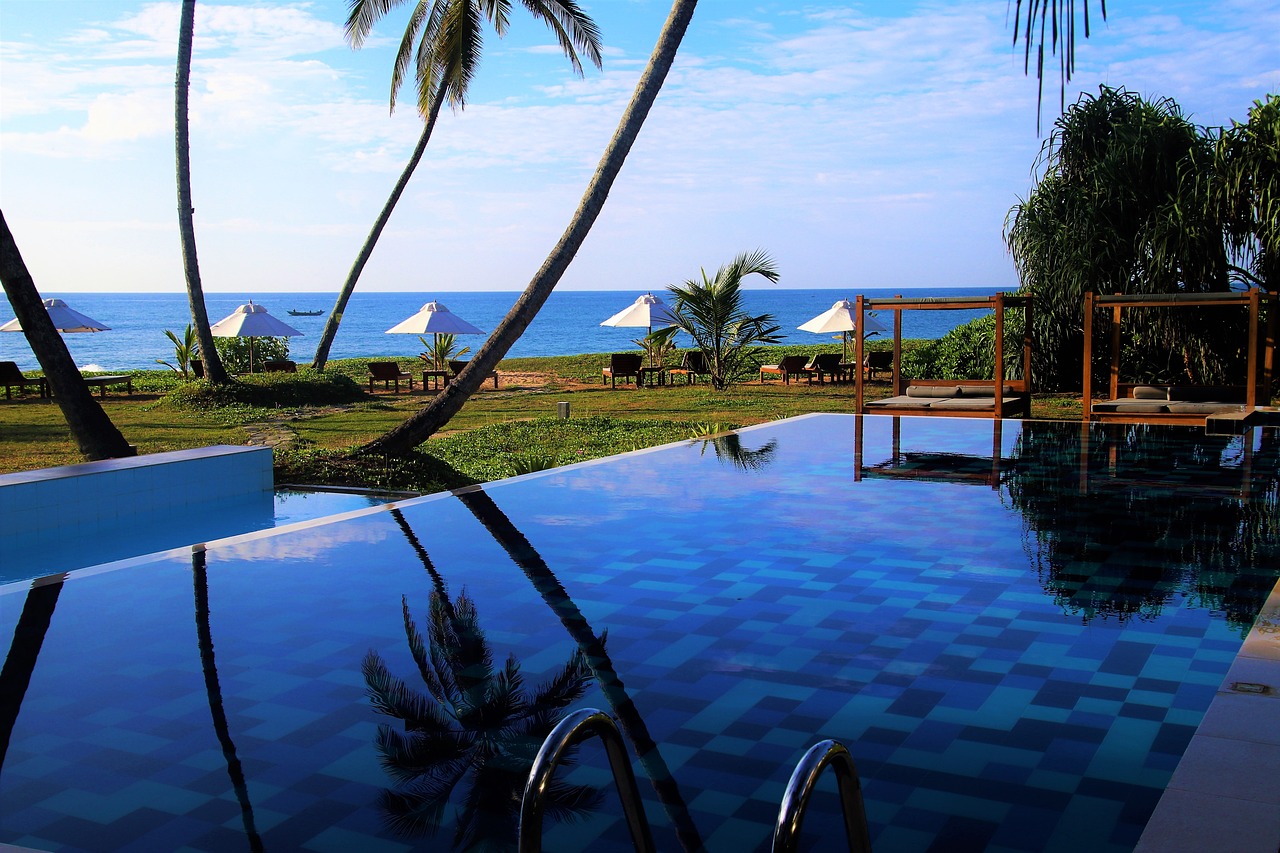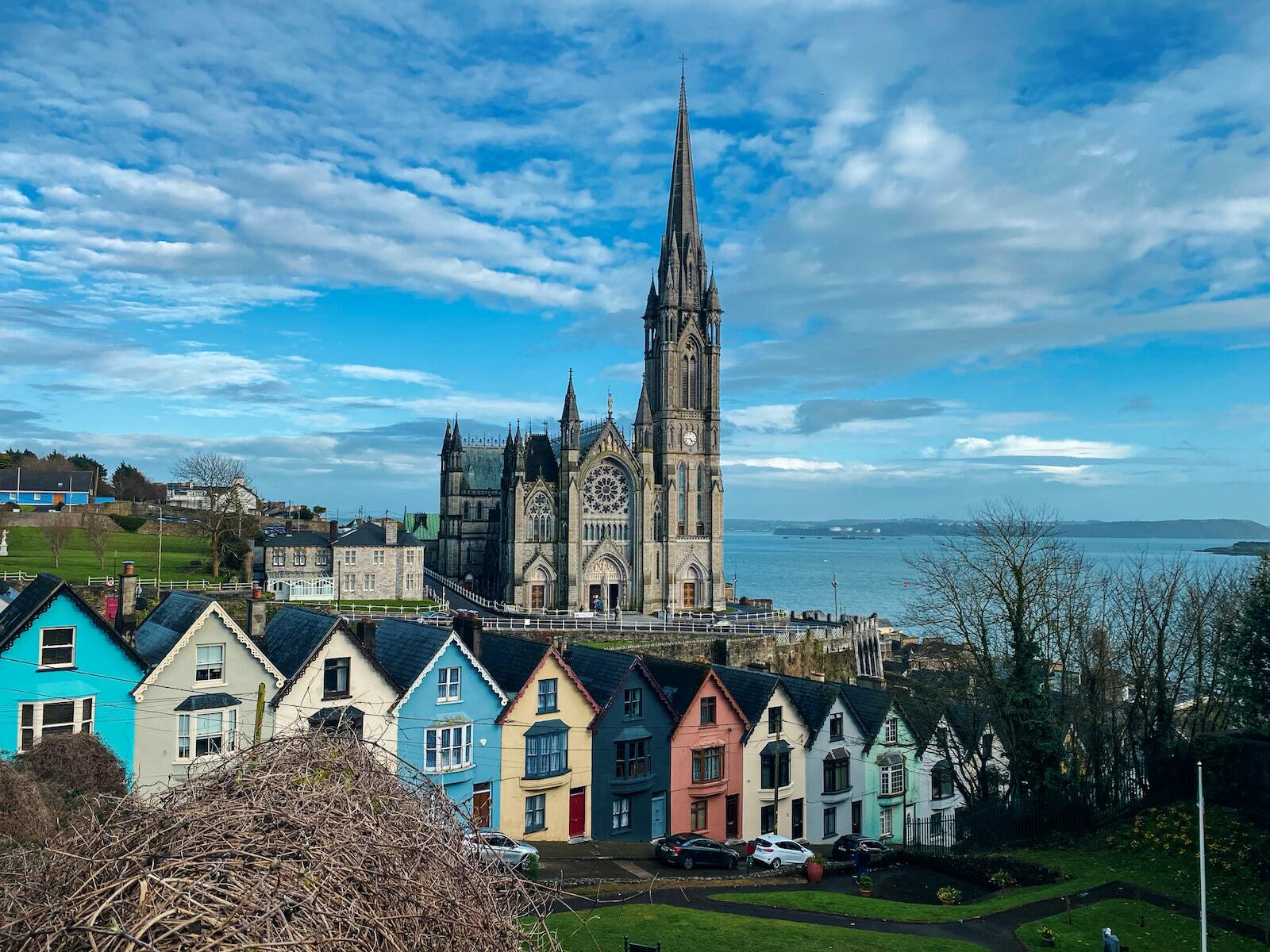If you’re into rock climbing, Ireland has some fantastic spots for you to visit. The Sligo coastline is low lying and dotted with interesting bouldering. You can try climbing from the Aughris Head in the south of Sligo or from the minor areas of Mayo. These areas offer great single pitch climbing. The Huge Cliff of the Moher Cliffs is home to two E1 routes. All of them have some of the best rock climbing in the country.
The Gap of Dunloe
The Gap of Dunloe is a stunning location for rock climbing. There are many routes available on the crags and cliffs of the Old Red Sandstone. A current guidebook lists over 130 routes, ranging from beginner to advanced. Many of the routes involve clinging to cracks and are protected by cams.
The Gap is home to the Gap Meet, a popular annual climbing gathering. People of all abilities can participate in the event, with local guides available to teach beginners the ropes. Climbing enthusiasts can swap stories of their day’s adventures around a campfire on Saturday nights. The community atmosphere at the Gap is an ideal setting for meeting new friends and sharing experiences.
The Gap of Dunloe is located in County Kerry and was formed during Ireland’s last ice age. There are many routes available on the mountain, including trad and ice climbing. The Gap of Dunloe is also home to abseil chains. Climbers will also find many opportunities for intermediate routes.
Gola Island
Gola Island is a popular rock climbing site, renowned for its challenging routes and spectacular views. It is home to many cliff nesting sea birds, including grey seals and basking sharks. The island is also an excellent vantage point to watch whales and dolphins migrating along the Irish coast. The island also has several rock pools, which are home to a variety of marine life.
The best time to climb in Ireland is between April and September. During these months, the weather is generally stable and dry, although weather can be unpredictable. Most of the time, there is rain, but the type of rain can be wet or dry. It’s crucial to check weather forecasts online or use a rain radar to ensure the best conditions for rock climbing.
Ailladie
The limestone rock at Ailladie is generally vertical and features in-cut holds. There are more than 200 routes in the area, including the classic Dancing Ledges, which are E2 in difficulty. Many routes start on ledges below the cliff, which create a natural sun trap and allow climbers to climb in the late afternoon and early evening.
The limestone cliffs in Ailladie have over 800 meters of climbing potential. There is a wide selection of sport routes, including trad routes. It’s no wonder the area attracts tourists by the bus load, as well as climbers and fisherman. The steep limestone cliffs are full of dihedra, pockets, cracks, and many other characteristics that make them perfect for climbers. Because of the proximity to the sea, the boulders move, making climbing conditions unpredictable year-round.
Fair Head
The cliffs at Fair Head are composed of dolerite, which forms steep cracks that are perfect for climbing. The cliffs also have organ-pipe-like corners and sets of columns, and sit on a bed of chalk. You’ll find a variety of climbing on Fair Head, including off-width and full-width chimneying. Fair Head is home to some of Ireland’s most challenging and difficult rock climbs.
Fair Head is also home to the largest expanse of climbable rock in the British Isles. Despite its popularity as a rock climbing destination, Fair Head is also a great place for hiking, allowing you to enjoy the beautiful landscape without breaking the bank. The cliffs are well worth the trip, and the views are breathtaking.
Malin Head
Located on Ireland’s northwest coast, the Inishowen Peninsula is home to some outstanding rock climbing locations. Climbers can enjoy Crummies Bay on the shores of Lough Swilly, Port a Doris overlooking the Foyle, and Malin Head, the island’s most northerly point. Culdaff Village, on the north east of the Inishowen peninsula, is home to several world-class rock climbing locations.
The sea cliffs of Malin Head offer over a hundred routes for rock climbers to attempt. These are situated in an incredible, wave-battered location and offer a fantastic scenic experience.
Dalkey Quarry
If you’re looking for an adrenaline-filled activity that combines beautiful views and physical challenges, Dalkey Quarry is the place for you. The quarry is a popular spot for rock climbers in Dublin, where you can take on the challenge of abseiling down a cliff and gaining spectacular views of the city. Climbers from all over the world travel to this beautiful location to take on the sport.
The Dalkey Quarry has hundreds of routes to choose from. A guidebook, published in 2005, details 300 routes of varying grades. This is an impressive number for a quarry of this size. The quarry is close to the city centre, making it a great place for beginners and experienced climbers alike.
Doolin
Doolin, in County Clare, is one of the top places to go rock climbing in Ireland. The area has several quality climbing spots, including a bouldering area next to the Atlantic Ocean. This area has more than 100 problems ranging in difficulty from Font 3 to Font 7c. There are also bouldering options in the surrounding area, such as Lackglass. There is also an extensive crag network in the Mourne Mountains, a renowned rock climbing destination in Northern Ireland.
Doolin is a quaint town with plenty of attractions. A short drive from the town center, visitors will discover coastal limestone cliffs that are up to 15 feet high. The rocks are shaped into boulders, so visitors should be prepared to work their way up the cliff face. Be sure to check the tides before starting your climb, as some boulders can be washed away during a storm.
The Mourne Mountains
Rock climbing in the Mourne Mountains has a reputation for being bold, with little protection. You’ll need to be skilled at placing your gear. Cracks that look deep from the outside are often shallow when you get on the route. The granite rock is highly textured, making placement a fine art. It also has amazing friction.
The Mourne Mountains are a popular tourist spot in the country, thanks to the rugged granite peaks and grassy slopes. Its granite outcrops are covered in mosses. The Mournes are also a windy place, with thick layers of mist and rain showers.
The Aran Islands
The Aran Islands are a convenient ferry journey from Ireland, and can also be reached by air. The best way to explore the Aran Islands is by bike. There are rental services on Inis Mor and in the surrounding area, and you can even have a bike delivered to your accommodation.
On the Aran Islands, there are more than a dozen bolted routes to choose from. There is also plenty of bouldering and technical rock. The sport crag at Point Fiain is one of the easiest to reach, and is accessed by a 10m abseil. The crag is situated on a sea ledge that juts out into the Atlantic Ocean, and features excellent rock quality.
The Aran Islands are another fantastic spot for rock climbing. These massive limestone islands are just off the coast of Galway. The largest island, Inishmore, has over 10km of vertical cliff. Though it has only been explored to a limited extent, it has some decent bouldering.
Glendalough
If you are looking for a place to go rock climbing in Ireland, Glendalough is an excellent choice. It is easy to reach from Dublin and boasts great routes and scenery. Climbers can enjoy two or three pitches of fun climbing in this stunning natural setting. The weather is usually good in the summer months, with long days and pleasant temperatures. Midgies are a common problem in late May and early June, but the insects are largely absent by the time of climbing in September. During the winter months, the valley walls are too steep for the sun to penetrate.
Climbers can enjoy the scenery and the history of Glendalough as they climb the rocks in the valley. There are many crags throughout the valley, which range from traditional single pitch routes to multi-pitch routes. The Upper Cliffs also have a few gems to offer.



















Leave a Reply
View Comments